This anti-inflammatory smoothie may potentially help fight inflammation and feed your gut with probiotics. It is full of antioxidants, rich in fiber, low-carb, high-protein, refreshing, and super delish, making the perfect breakfast or snack on the go just like our açaí bowl recipe.
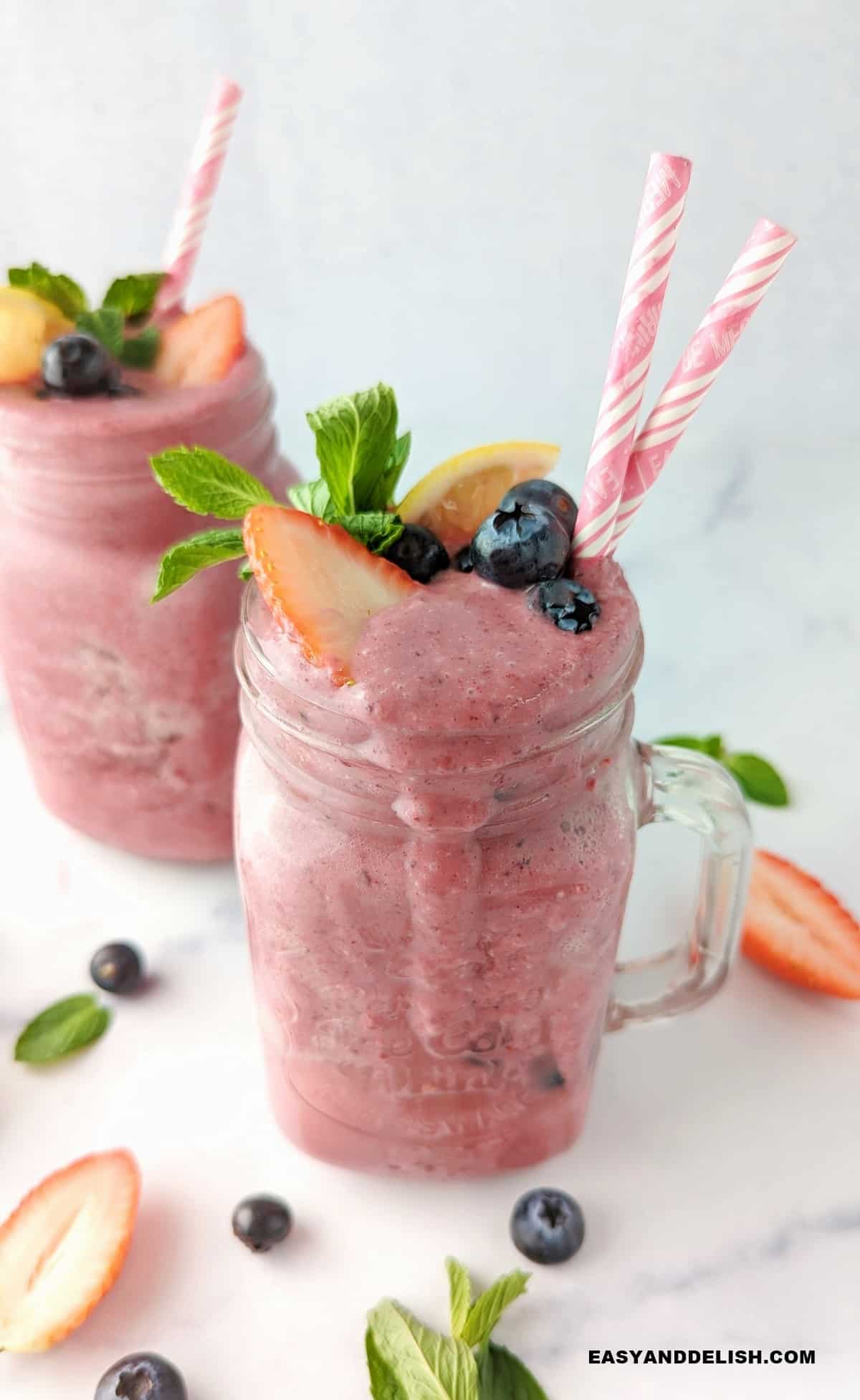
Table of Contents
- 1 Why You'll Love this Anti-Inflammatory Smoothie Recipe
- 2 How to make an anti-inflammatory smoothie
- 3 Anti-Inflammatory Foods
- 4 Foods that MAY cause inflammation
- 5 Tips for making a low-carb anti-inflammatory smoothie
- 6 FAQs
- 7 STORAGE
- 8 Other smoothie recipes
- 9 Other anti-inflammatory recipes
- 10 Anti-Inflammatory Smoothie
Why You'll Love this Anti-Inflammatory Smoothie Recipe
- Quick: You can make it in just 5 minutes!
- Easy: It calls for 7 simple ingredients and all you have to do is to blend all of them together.
- Healthy: It is low-carb, anti-inflammatory, gluten-free, probiotic, and high-protein.
- Refreshing: It is served chilled and has lemon, mint, and ginger which makes it even more refreshing!
- Versatile: You can easily replace any of the ingredients, or add some more.
- Portable: You can take this smoothie anywhere you go, including the office or school!
How to make an anti-inflammatory smoothie
- Blend all the ingredients in a blender until smooth and creamy. Do NOT strain!
- Then, pour it into 2 glasses filled with ice cubes and enjoy!
WATCH OUR VIDEO FOR THE STEP-BY-STEP RECIPE!
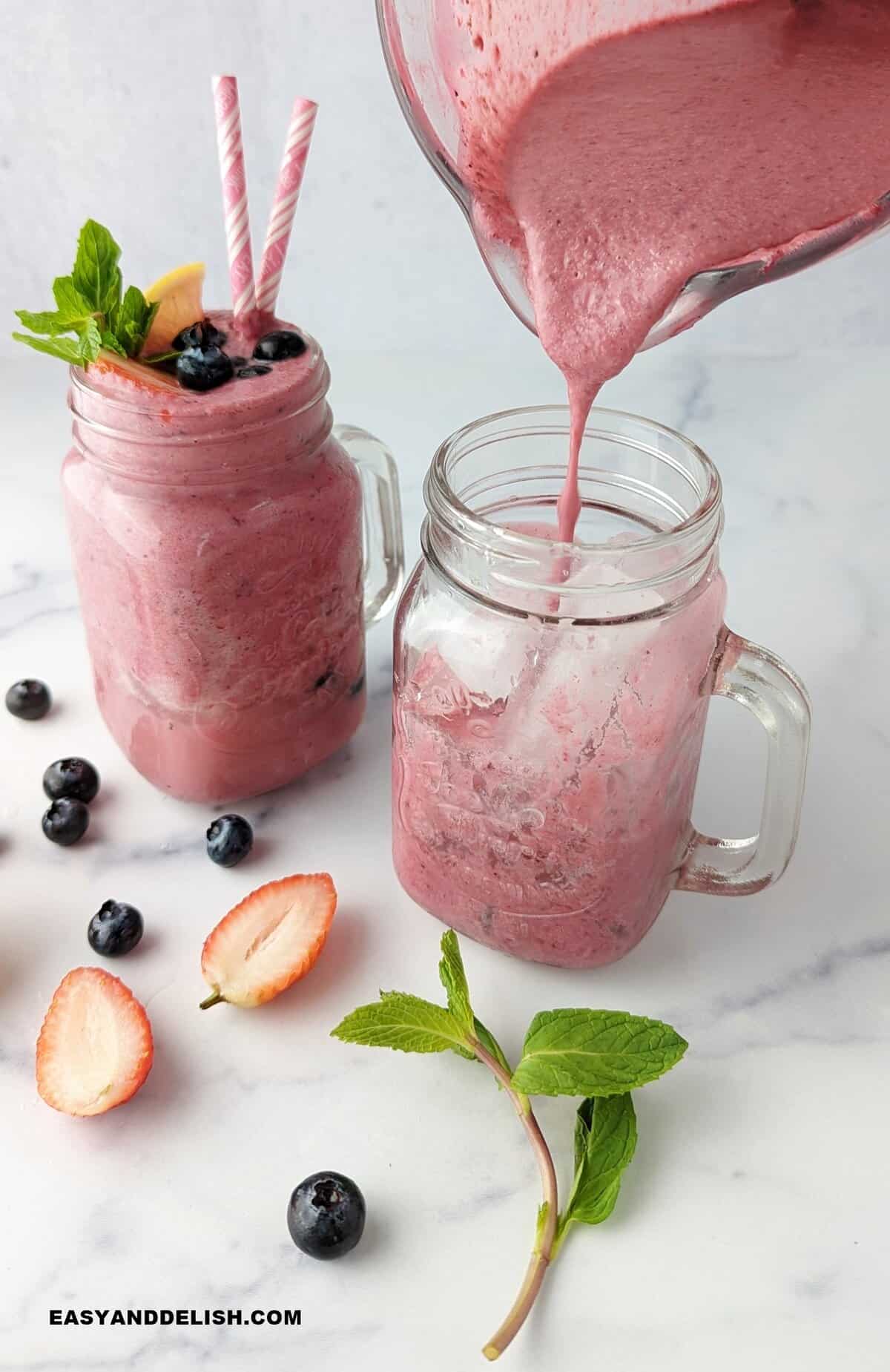
Anti-Inflammatory Foods
According to Henry Ford Health, everyone can benefit from an anti-inflammatory diet which may potentially help prevent chronic inflammation and diseases linked to it such as arthritis, cancer, heart disease, diabetes, depression, and Alzheimer's.
Thus, you may include on your diet plan whole, unprocessed foods with no added sugar like our anti-inflammatory smoothie and others as follows:
Fruits (e.g. citrus, stone fruits, berries, avocado, watermelon, grapes, pomegranates, apples, etc)
Vegetables (e.g. carrots, garlic, onion, leafy veggies such as spinach and kale). Like fruits, they are rich in fiber!
Whole grains (oats, barley, bran, etc)
Legumes (such as beans and lentils)
Fatty fish such as salmon, sardine, tuna, herring, mackerel, and cod contain omega-3 fatty acids.
Poultry (skinless)
Nuts (almonds, pecans, walnuts, etc) contain omega-3 fatty acids reducing the risks of strokes and heart attacks.
Seeds such as chia present in our anti-inflammatory smoothie, flaxseed, pumpkin seeds, sesame, etc
Unsaturated fats such as olive oil and flaxseed oil
Herbs and spices such as mint, cinnamon, ginger, cayenne pepper, and turmeric.
Dark chocolate as well as other foods containing polyphenols, plant chemicals found in berries, many herbal teas (chamomile, spearmint, green tea, lemongrass, etc), apples, citrus, onions, soybeans, and coffee.
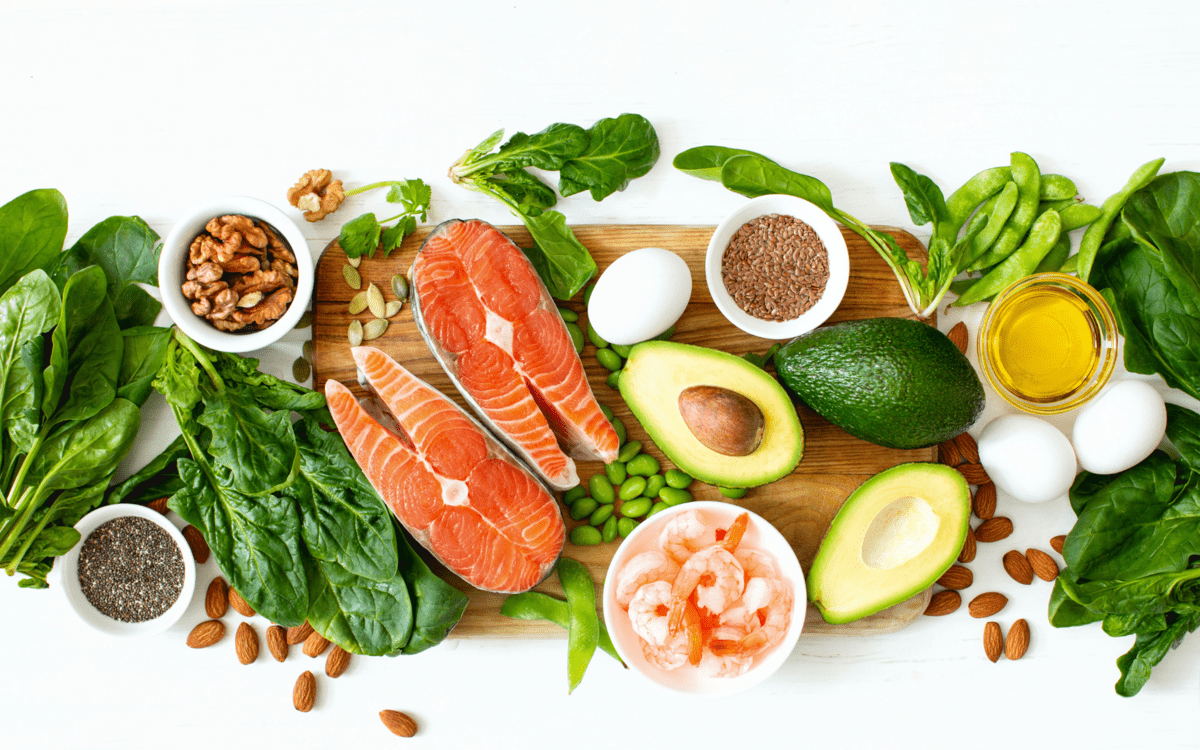
Foods that MAY cause inflammation
Most won't surprise you as follows:
Red meat and processed meats such as bacon, sausage, lunch meats, and cured meats.
Refined carbohydrates, including white bread, white rice, white flour pasta, and breakfast cereals.
Snack foods and pastries, including chips, cookies, cakes, and crackers.
Sodas and other sweetened drinks.
Fried foods such as French fries.
Sugar
Gluten and most dairy
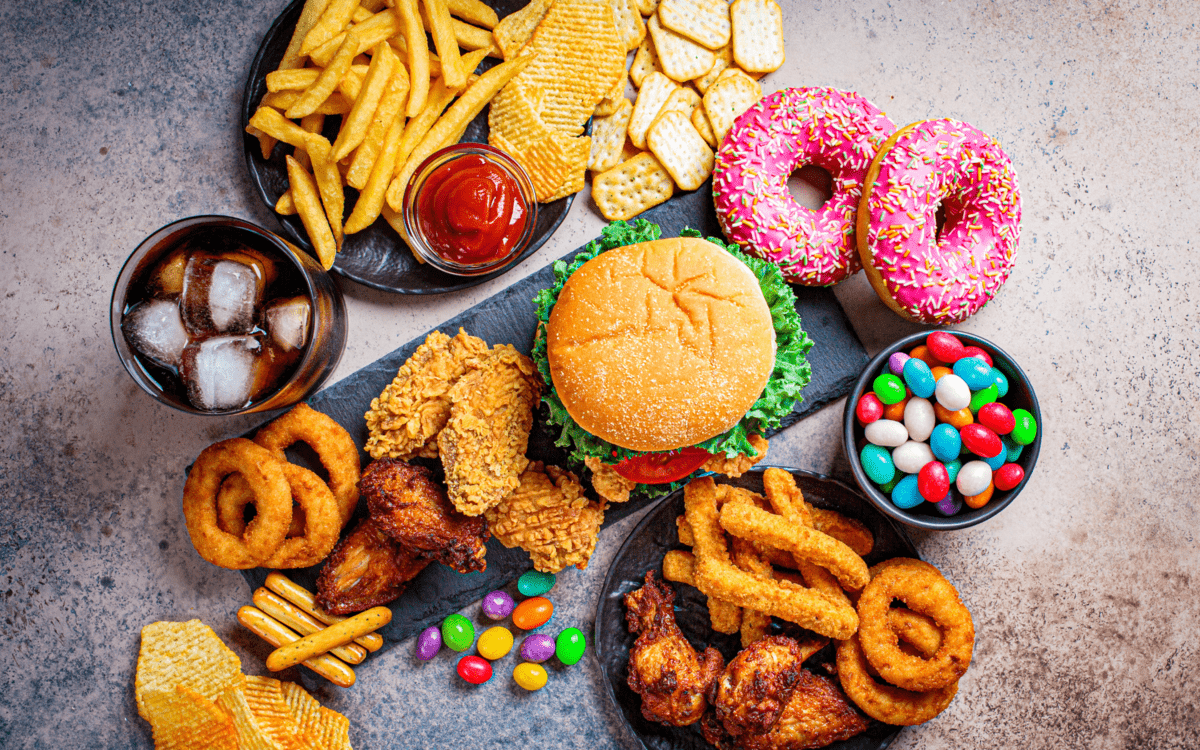
Tips for making a low-carb anti-inflammatory smoothie
- Use a high-speed, high-powered blender: It helps to grind hard ingredients easily such as turmeric or ginger root!
- Liquids and yogurt go in first to help blend the solid ingredients.
- Fresh ingredients are preferred to benefit more from their properties.
- Use frozen fruits for making the smoothie cold although it can reduce its creaminess and dilute the flavor. Using fresh ingredients and less liquid can easily fix these issues.
- If you don't have frozen fruits, you can add ice but don't go overboard because your anti-inflammatory smoothie will be watery!
- If needed, pulse the blender a few times to make sure all ingredients are fully blended.
- Add acidity such as fresh lemon juice to bring up all the flavors together!
- Use sugar-free yogurts that are probiotic and unsweetened plant-based milk.
- Replace or add a new fruit to make this smoothie drink every single time. Avocado would be a great substitute because it is a low-carb fruit. You can add the other ingredients from all smoothie recipes.
- If you prefer, you can either replace ginger root with peeled turmeric root or add 1-2 tablespoon as an extra anti-inflammatory ingredient. If using turmeric, add a pinch of ground black pepper to enhance curcumin absorption. According to John Hopkins Medicine, combining the piperine in black pepper with the curcumin in turmeric increases curcumin absorption by up to 2,000%. Curcumin has strong antioxidant, anti-carcinogenic, and anti-inflammatory properties!
FAQs
Researches suggest any organic foods that may potentially lower inflammation in the body is a natural anti-inflammatory. Fresh herbs such as mint and spices such as cinnamon (like turmeric and ginger) are a few examples and you can find them in our anti-inflammatory smoothie recipe.
High-sugar diets may cause inflammation. However, if you use natural, raw honey without any added sugar you'd be consuming an ingredient considered anti-inflammatory, antioxidant, prebiotic, and antibacterial according to Mayo Clinic and other health sources on the web.
It depends! If the smoothies contain fruits and/or vegetables, natural sweeteners such as stevia or raw honey (no added sugar), and a probiotic dairy such as a probiotic yogurt they may be considered anti-inflammatory, and are present in this anti-inflammatory smoothie. On the other hand, if they contain refined sugar, for example, they may cause inflammation.
According to the Colorado State University, there have been no scientific studies in humans to confirm apple cider vinegar (even with 'mother', the unfiltered type) may help lower inflammation. However, you may add 1-2 teaspoons to this anti-inflammatory smoothie as a replacement for lemon juice.
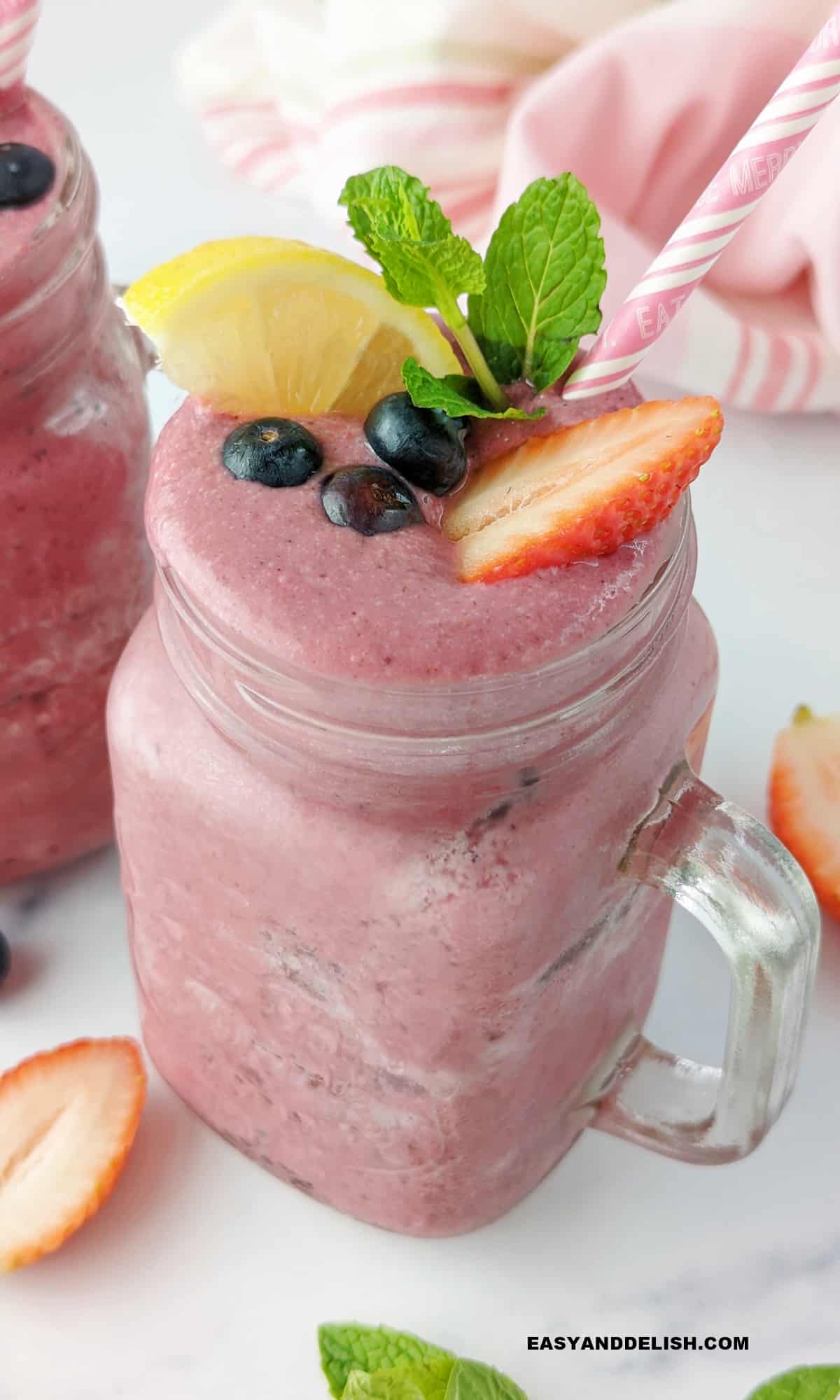
STORAGE
- Consume this anti-inflammatory smoothie right away, or at least within 1-2 hours after making it.
- But you can also store it in an airtight container such as a mason jar and chill it in the fridge for up to one day.
Other smoothie recipes
- Green smoothie
- Protein avocado smoothie
- Mango smoothie bowl recipe
- Pineapple coconut smoothie
- Banana coffee smoothie recipe
- Blueberry smoothie
Other anti-inflammatory recipes
PIN & ENJOY!
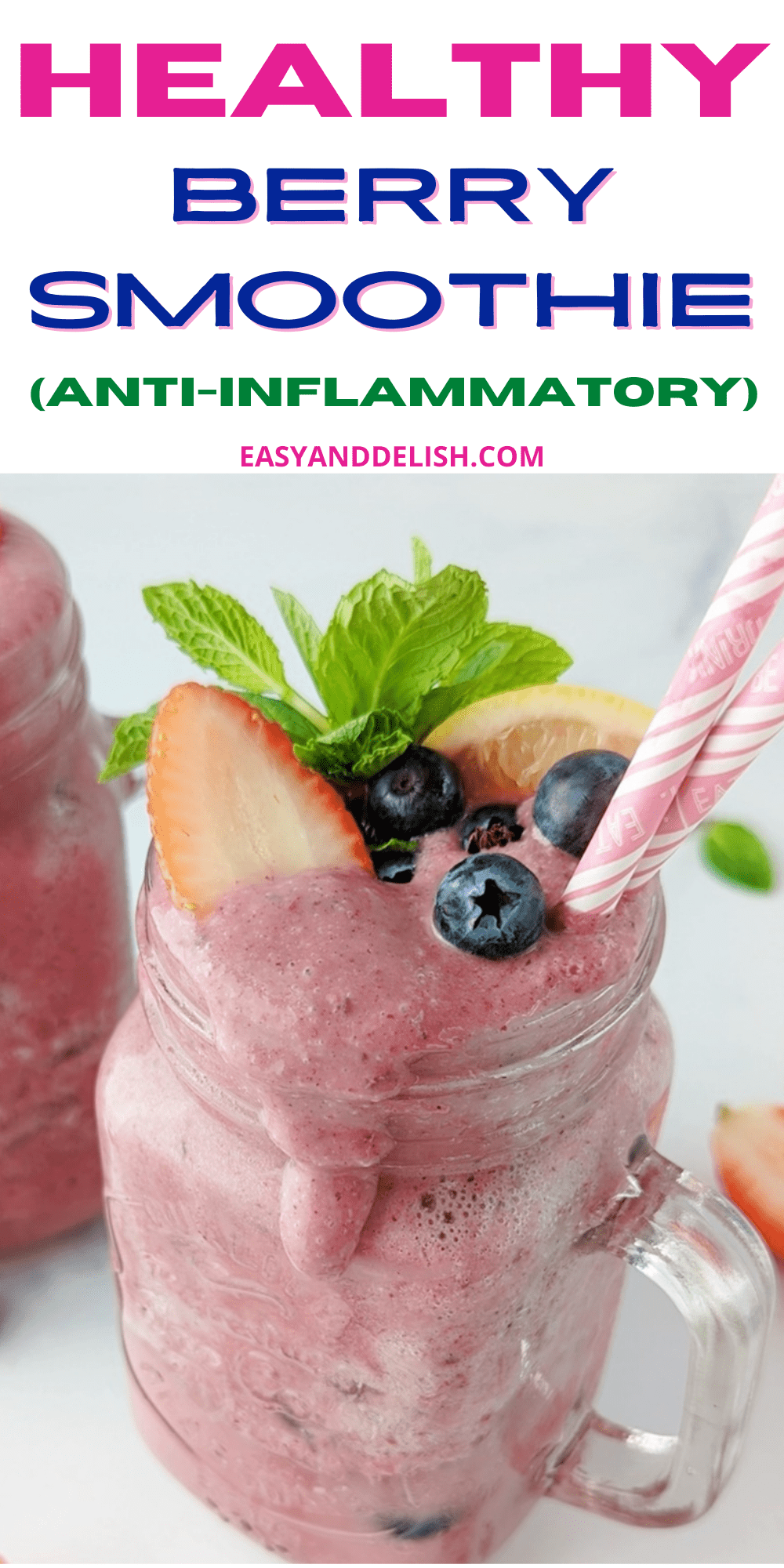
Anti-Inflammatory Smoothie
Equipment
- 1 blender
Ingredients
- 2 cups mixed berries frozen (swap them for any single berry of choice)
- 1 lemon squeezed (replace it with lime juice if you want)
- 5.3 oz keto yogurt I used Ratio, the flavor must be either coconut or vanilla. For a dairy-free or vegan smoothie, use dairy-free yogurt. NOTE: It contains probiotics so it is anti-inflammatory!
- ¼ cup unsweetened coconut milk OPTIONAL. Only add it if you prefer a less concentrated or less creamy smoothie! For a creamier smoothie, add 1 small frozen banana but only if you are not on a keto diet.
- 2 tablespoons granulated stevia or good-quality raw honey if you're not on a keto diet
- 2 teaspoon chia seeds You may use flaxseeds instead
- 2 tablespoons ginger root peeled. NOTE: If you prefer, you can either replace it with peeled turmeric root or add it 1-2 tablespoon as an extra anti-inflammatory ingredient. If using turmeric, make sure to add a pinch of ground black pepper to enhance curcumin absorption. According to some research, combining the piperine in black pepper with the curcumin in turmeric increases curcumin absorption by up to 2,000%. Curcumin has strong antioxidant, anti-carcinogenic, and anti-inflammatory properties!
- ¼ cup fresh mint leaves If you don't enjoy mint, you can use lemon basil instead, or skip it and add an extra ½ lemon
Instructions
- Blend all the ingredients in a blender until smooth and creamy. Do NOT strain!
- Then, pour it into 2 glasses filled with ice cubes and enjoy!
Recipe Video

Recipe Notes
- Drink it right away, or at least within 1-2 hours after making it.
- But you can also store it in an airtight container such as a mason jar and chill it in the fridge for up to one day.
Nutrition
** Nutrition labels on easyanddelish.com are for educational purposes only. This info is provided as a courtesy and is only an estimate, since the nutrition content of recipes can vary based on ingredient brand or source, portion sizes, recipe changes/variations, and other factors. We suggest making your own calculations using your preferred calculator, based on which ingredients you use, or consulting with a registered dietitian to determine nutritional values more precisely.
Please note that health-focused and diet information provided on easyanddelish.com is for educational purposes and does not constitute medical advice, nor is it intended to diagnose, treat, cure, or prevent disease. Consult with your doctor or other qualified health professional prior to initiating any significant change in your diet or exercise regimen, or for any other issue necessitating medical advice.



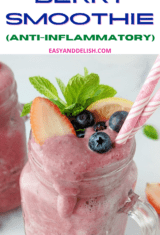
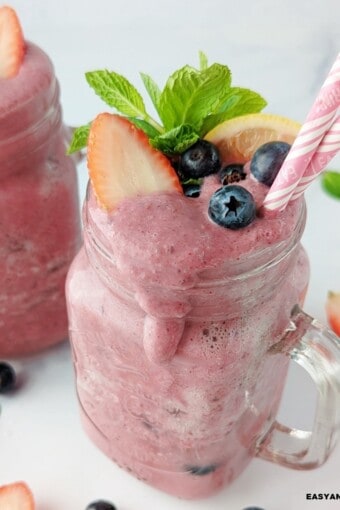
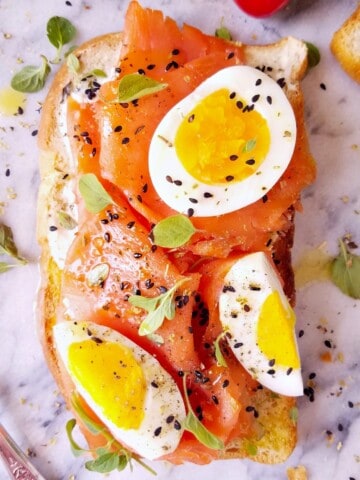
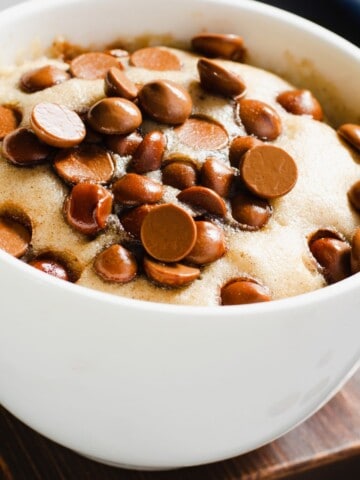
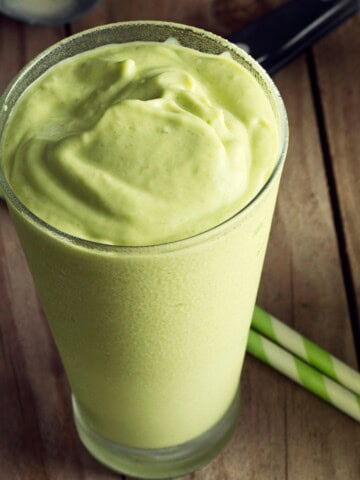
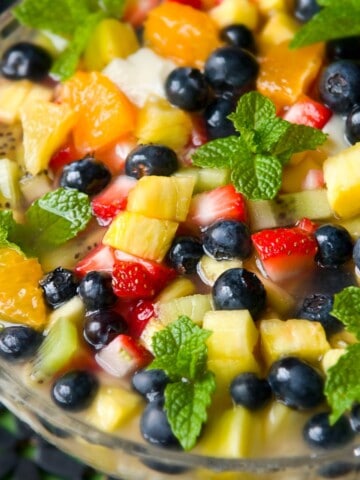
Leave a Reply